The devastating fires in Los Angeles County have left many in need, and thanks to our readers, we’ve been able to help. Because of your support, Napa Valley Features donated $300 in January to the Los Angeles Regional Food Bank. Due to the ongoing need and the generosity of our community, we’re extending this effort through Feb. 15, with 10% of all new paid subscriptions going toward relief. Your support truly makes a difference — thank you.
NAPA VALLEY, Calif. — Napa Valley and its French counterpart, Bordeaux, owe their international eminence to how cabernet sauvignon grows so beautifully in both regions and especially because of how stunningly some of the red wines from both districts seem to age and take on glorious characteristics well past when so many other grape varieties have faded.
Despite some retrenchment in the aging department by a lot of current cabs, the grape retains its cellar capabilities.
“Nobody gave a (damn) about cabernet Franc years ago. Winemakers hated it.” — John Skupny, winemaker
The grandeur of mature cabernets, notably from the past, fills the pages of so many books that it is almost pointless to try adding to what has already been so widely poetried, haikued and harmonied. Cabernet sauvignon has been extensively lionized for more than a century. It may be the most widely recognized and praised grape and wine in the world. And at its best, it commands some of the highest prices anywhere in the world of wine.
So it’s a little surprising to me that cab’s predecessor, cabernet Franc, has been paid so little respect. Only relatively recently has it been recognized for the greatness that it can embody. As recently as 1991, wine author Hugh Johnson had only scant references to cabernet Franc in his wine encyclopedia (third edition).
Yet cab Franc is about as noble a variety as you can imagine. Certainly, it is highly regarded on the Right Bank in Bordeaux, where it performs yeoman service to some of that area’s most delightful blends in which cabernet sauvignon actually takes a distant backseat.
Indeed, there are observers of Bordeaux who seriously believe that the Right Bank is at least as important to Bordeaux’s success as is the more recognized Left Bank. This may be attributed to the fact that cabernet Franc and its occasionally disparaged counterpart, merlot, contribute to a more approachable (less tannic) and just as distinguished red wine style, making what its supporters suggest are more complex wines.
(Of course, merlot dominates on the Right Bank. However, cabernet Franc is used with increasing frequency today. Nearly half of the blend that is used to make the acclaimed Château Cheval Blanc now is cabernet Franc.)
I adore a lot of California and Washington cabernet Franc wines. That is because the wine often smells and tastes more like cabernet Franc than cabernet sauvignon tastes like cabernet sauvignon. This was not always the case. When cabernet sauvignon was being produced in the Napa Valley (1970 to 1995) and the majority had lower alcohol levels, higher acidity, distinctive cherry-and-herb fruit and could be aged with more consistency, it was all I ever bought.
But part of the reason for that was that so little cabernet Franc was being produced as a varietal wine that it was considered to be obscure. The few people who produced it rarely had anything nice to say about it other than that it was an alternative red wine. And those of us who wanted a cabernet sauvignon to age were never sure whether a cabernet Franc would develop the same way.
In the late 1980s, I discovered a red wine from France’s Loire Valley called Chinon. I was taken by how it went so beautifully with food (especially grilled salmon). After I learned that Chinon was made primarily from cabernet Franc, I began dividing my loyalties. One reason I liked this wine as much as I did was that it almost never was aged in small barrels; its charm mainly came from the grape.
Also, about 1998, many of the supposedly best cabernet sauvignons began to shift their personas. Many of them were not only particularly tannic, but I also was noticing that so many of them smelled more like barrels. I was appreciating cabernet Franc wines for their unique varietal charms along with a style in which food compatibility seemed to be more appropriate.
Cabernet sauvignon, I knew, went best with dense meat dishes, and I was slowly moving more in the direction of more seafood, vegetable dishes and ethnic cuisines, which seemed better with cabernet Franc than CS. But also, Franc was a less-intense wine, which did not call for as much aging in a wine cellar.
In their monumental 2012 tome“Wine Grapes,” Master of Wine Jancis Robinson and two co-authors say, “Wine made from Cabernet Franc is generally paler, lighter, crisper, softer, and more obviously aromatic than that of its progeny Cabernet Sauvignon.” The book also uses at least three synonyms to identify the grape – Breton, vidure and cabrunet, indicating that it is a much older grape variety than is cabernet sauvignon. (Grape geneticists say cabernet Franc and sauvignon blanc are the parents of cabernet sauvignon.)
Challenge your vocabulary with this week’s mystery word. Submit your answer in the poll, and check the bottom of the page for the correct answer.
As global temperatures change, it is generally getting warmer. So wineries and grape growers are searching for solutions that will produce wines comparable to what they had been producing. All varieties are affected by global climate change, and in the Napa Valley especially, alternatives to cabernet sauvignon have been discussed for at least a decade. One of the varieties that has been discussed as an intriguing alternative is Touriga Nacional.
Touriga, probably the finest red wine grape growing in Portugal today, has some of the same qualities as cabernet sauvignon, which allow it to age nicely, particularly its tannin structure and dark color. However, in my experience Touriga’s main aromatic contribution is intense black cherry and plum. The variety seems to have none of the delicate herbs that mark one of cabernet sauvignon’s greatest assets.
Cabernet Franc, on the other hand, is not only terrifically compatible to CS from an aromatic point of view (it is, after all, in the same family of grapes), but it has several benefits over cabernet sauvignon, which is why it is so highly regarded by several Napa Valley producers. And sales statistics indicate a slight uptick is cabernet Franc sales.
For one thing, it produces fruit slightly earlier than cabernet sauvignon and usually ripens just a bit sooner. As such, it occasionally is picked before excessive heat spells. Also, when it is properly grown and harvested, the fruit that it delivers can still have some “cabernet-ness” in its aroma, a trait that I rarely find in grapes from different families.
Also, it’s not as finicky a variety as is merlot, which is best grown in soils and climates that differ significantly from the soils and climate that the two cabernet grapes prefer. Merlot really likes clay soils and thrives also in extremely rocky, mountainous areas and cooler climates.
The only Napa Valley property that has completely dedicated itself to cabernet Franc is Lang & Reed, John and Tracey Skupny’s project that began in 1996 and today makes only cabernet Franc and a bit of dry chenin blanc. John makes no cabernet sauvignon, and his CF wines are packaged in Burgundy-shaped bottles to differentiate the wines from Napa Valley’s most famous red wine.
Statistics that he has monitored for years come from the state harvest report that comes out every spring. The most recent statistics show that in 1980 Napa Valley had only 115 acres of cabernet Franc compared with 5,500 acres of cabernet sauvignon. As cabernet sauvignon’s acreage increased to more than 25,000 acres in 2023, cabernet Franc grew to a dismal 1,260 acres.
However, Napa Valley wineries now realize the great benefits in using Franc, mostly as a blender. It now costs more per ton than does cabernet sauvignon.
John’s analysis of the flavor and aromatic profile of the variety displays a significant difference if the fruit is harvested early versus late, with nuances of difference along that harvest time frame. When picked early, says John’s chart, aromas include strawberry, white cherry and traces of green tea leaf.
These are some of the same characteristics I find when I buy red wines from France’s Loire Valley, such as Saumur Rouge. (These are often best decanted to discover their aromas.)
John’s chart also shows that CF’s aromatics change just past the midpoint of the ripening curve, when blackberry, black currents, graphite, black tea and red plum enter the picture. Also evident in many CF wines are hints of black pepper (rotundone).
Skupny says that far too many Napa winemakers decades ago told him that cabernet Franc was simply too herbaceous.
“Nobody gave a (damn) about cabernet Franc years ago,” he said. “Winemakers hated it. Some of them told me it was kind of like cabernet sauvignon from Monterey County in the 1970s.”
But John never believed that. He said cab Franc does have some herbal characteristics, but that generally these mild elements simply make the wine that much more interesting because it’s not green or weedy as much as it is simply complex, perhaps with a hint of dried herbs.
However, if a winemaker tries to make a cabernet Franc with less of the herbs by harvesting it very late, “Sure, all the varietal character can be baked out of it. It has a more delicate structure than cabernet sauvignon, but unlike cabernet, too much aging [in the bottle] will eviscerate it.”
I suggested to friends recently that to sell cabernet Franc it might be important to retrain wine buyers to the fact that the grape has as much, if not more, charm than cabernet sauvignon and might not necessarily be improved by extended aging.
Sonoma County winemaker and consultant Clark Smith said, “I think it’s more important to retrain the winemakers, to start appreciating what Franc is really all about.” I asked Skupny about that remark.
He said it’s already happening. Many winemakers treat Franc differently from CS, but cabernet Franc’s day in the sun hasn’t occurred yet. “But have you tasted what they're doing with it in New York and Virginia?” He was particularly excited about cab Franc in Virginia.
He added that he is exploring cab Franc from Lake County, which comes in at slightly lower sugars. Because of their high altitude, they don’t have any fog, so they have great sunlight, and the grapes can be picked with 1% to 1½% less sugar. Smith agreed with that assessment.
“Tracey reminds me of how transparent cabernet Franc can be. It doesn’t have to be pitch black. And now we’re beginning to see new clones being introduced that have even better flavors.”
Because the grape variety has now been identified as being much more personality-driven than it once was, more wineries would love to make one as a varietal wine, partially because it does not have anywhere near as much tannin as does cabernet sauvignon. As a result, it does not require the lengthy aging time when it is grown in a warmer region such as Napa.
What I find of interest, however, is that in cooler areas cabernet Franc can produce astounding wines – if you are one of those people (like me) who prefers to have a red wine with an edgy, slightly herbaceous component that actually does age and becomes far more graceful over time.
One result of this is that cabernet Franc has long been identified as an East Coast-loving grape variety because there acids can be more assertive. I don’t have access to New York wines very often, but when I have tasted Finger Lakes cabernet Francs, I have known how wonderfully they develop in the bottle in just three or four years.
One of my favorite East Coast wines is Fox Run Cabernet Franc on Lake Seneca. Winery owner Scott Osborn told me he makes roughly 700 cases of the wine each year, and it always sells out.
“I have only 3 acres of it planted, but I’m planting 3 more acres,” he said. “Plus, I’m buying 5 tons of cab Franc fruit [in 2025] because we sell out of the wine every year.”
Fox Run’s cabernet Franc sells for $22 per bottle.
“I’m trying to up my production because the Franc does so well here,” Osborn said.
He said several other wineries in the Finger Lakes also make exceptional Francs and are looking to increase production.
One of the grape’s staunchest supporters is Steven Kent Mirassou in the Livermore Valley, which has a long history with the variety. I spent a day with him on Dec. 4, which not so incidentally happened to be national Cabernet Franc Day, which was the date that Livermore Valley wineries chose to stage their inaugural Cabernet Franc Guild public tasting.
The event, staged at a lovely downtown building, was sold out, and the only wines served were cabernet Francs, primarily from the 2021 and 2022 vintages, although two producers were pouring their 2023 wines in spite of the fact that they were barely out of the barrel.
Mirassou believes so strongly in this grape that he has essentially moved his entire winery over to cab Franc. And although he still makes an exceptional cabernet sauvignon from the Bates Ranch in the Santa Cruz Mountains, his portfolio includes a completely white cabernet Franc, a cabernet Franc rosé and various reds.
If the foregoing is not evidence enough that cabernet Franc has a huge future in California, notably in the Napa Valley, consider that this grape seems to be a little more compatible to global climate change because it has naturally less tannin and therefore is a little more approachable when it is young.
My experience with quality cabernet Franc wines of the past has been that the best of them improve for between 15 and 25 years, but they began to fade after that because fruit dissipates. But at 10 years of age, quality CFs can be absolutely delightful. They remind me of cabernet sauvignon with a bit of an edge.
Steven Kent Mirassou’s Vision — Shaping the Future of Cabernet Franc in Livermore Valley
Steven Kent Mirassou so strongly believes in the future of cabernet Franc in California that he has placed an increasingly stronger emphasis on making it, reducing his interest in cabernet sauvignon.
And to tailor his Livermore Valley cab Francs to better suit the grape variety, his region and his heritage, he is honing the way he makes it. This yields a red wine whose style is more consumer-friendly yet doesn’t sacrifice the wine’s aging potential.
For one thing, the Livermore-based winemaker is not only making two different rosé wines from cabernet Franc but also a white wine. And more than one of his red CF wines are made similar to pinot noir.
In fact, he says that one recent discovery is that one of the best ways to make cabernet Franc is to avoid the heavy-handed tactics often used to make cabernet sauvignon and to make it more similar to the way pinot noir is crafted. He says that by gently extracting flavors and colors from the grape skins, he relies heavily on making certain that the flavor profile coming in from the vineyard is based more on good acidity and less on density.
The result is a wine that usually does not have the tannin “bite” of cabernet sauvignon.
“The more structure a wine has,” he said, “the less oak it needs.”
He says that developing a cab Franc culture in Livermore is based partly on the fact that although the region does have some hot days, nighttime temperatures often are significantly cooler than other areas of the state where red wines grow well. Cool nights retain acidity better than other warm areas.
“It’s my opinion that unless a wine has the proper acidity and tannin, it won’t age properly,” he said, but he adds that cabernet sauvignon can, when properly grown and harvested, contribute to cabernet Franc’s aging potential – as long as any CS additions are done carefully.
The Cabernet Franc Guild requires that any cabernet Franc produced by a member winery must be at least 75% of that grape variety and must be 100% from Livermore Valley. This limits the number of cases of cabernet Franc that can be produced because the entire Livermore Valley has only 78½ acres of the variety planted.
Wine Discovery
2022 Lang & Reed Cabernet Franc, California (SRP $40) – Black cherry, blackberry and fine herbs greet the nose, but the real excitement comes in the form of rich mid-palate fruit (such as dried cranberry) combined with good acidity and a hint of graphite. Also, the wine has much lower tannins than you will find in most red wines that have cabernet sauvignon added in. John and Tracey Skupny know this grape variety extremely well and want all of their wines to be slightly more seductive when they are younger than cabernet sauvignon ever could be, even though it might have been made with lower acidity. Lang & Reed’s website says of this wine, “Robust aromas of mixed berries and light herbaceous tones on the nose meld flawlessly into juicy, tart flavors on the palate. Balanced acidity and tannins lend a mouthwatering finish. This wine is drinking beautifully right now.” Bottle Barn in Santa Rosa is carrying this wine for $24.99 and Backroom Wine in Napa has it listed for $29.
This Week's Word Challenge Reveal:
The correct answer is D: "Flowers once, then dies."
The word hapaxanthic comes from the Greek hapax ("once") and anthos ("flower"). It describes plants that bloom a single time before dying. This trait is found in species such as bamboo, agave and certain palms, which store energy for years before a massive flowering event. Once they set seeds, they die, completing their life cycle.
This strategy, also known as monocarpy, is an evolutionary adaptation that allows plants to maximize seed production in unpredictable or nutrient-poor environments. The term has been used in botanical studies for centuries, though "hapaxanthic" is less commonly seen in everyday horticulture compared to "monocarpic."
If today’s story captured your interest, explore these related articles:
Dan Berger’s Wine Chronicles: What Smells? The Curious World of Wine Aromas
Dan Berger’s Wine Chronicles: Overpriced Wines — Who’s to Blame?
Dan Berger’s Wine Chronicles: The Depth and Versatility of Sangiovese
Dan Berger’s Wine Chronicles: Uncovering the 'Soul' of Noble Reds
Explore all Napa Valley Features stories on our main page.
Dan Berger has been writing about wine since 1975.
The views, opinions and data presented in this article are those of the author and do not necessarily reflect the official policy, position or perspective of Napa Valley Features or its editorial team. Any content provided by our authors is their own and is not intended to malign any group, organization, company or individual.





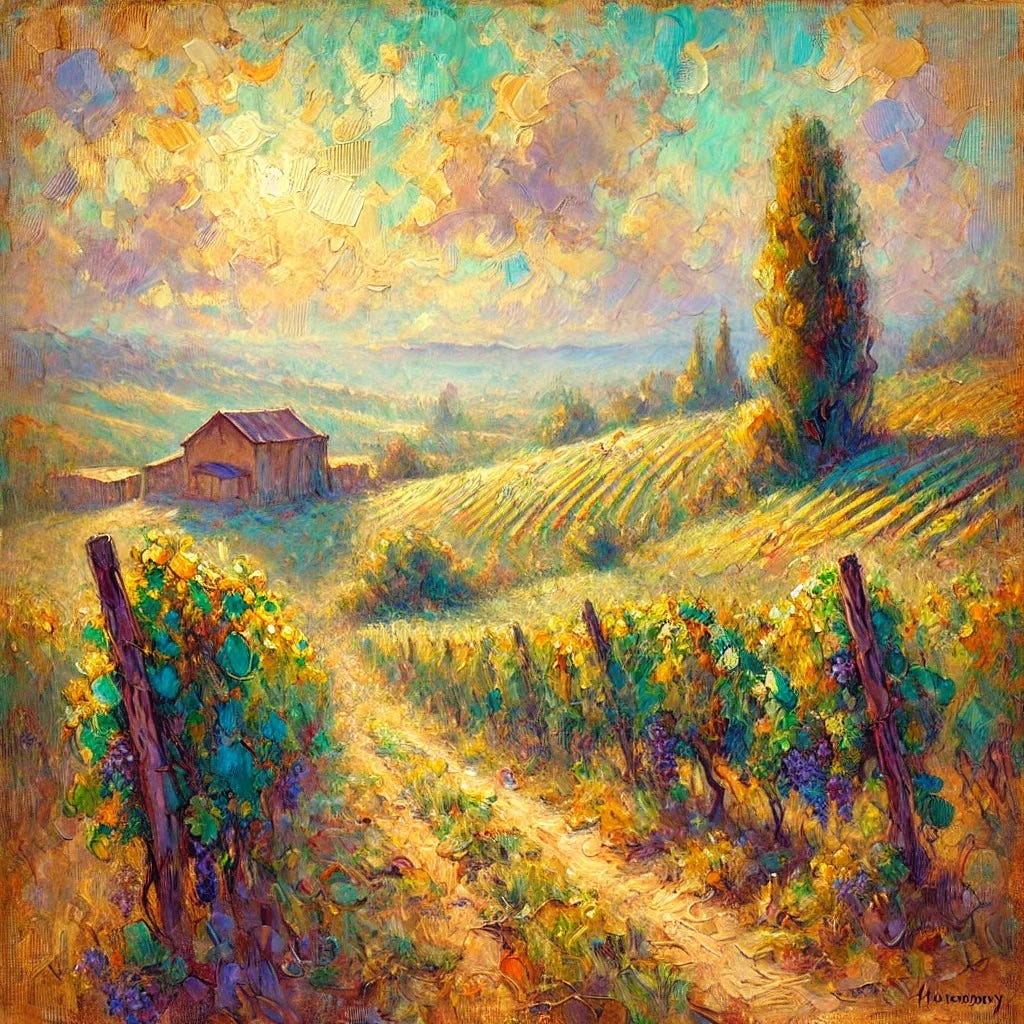
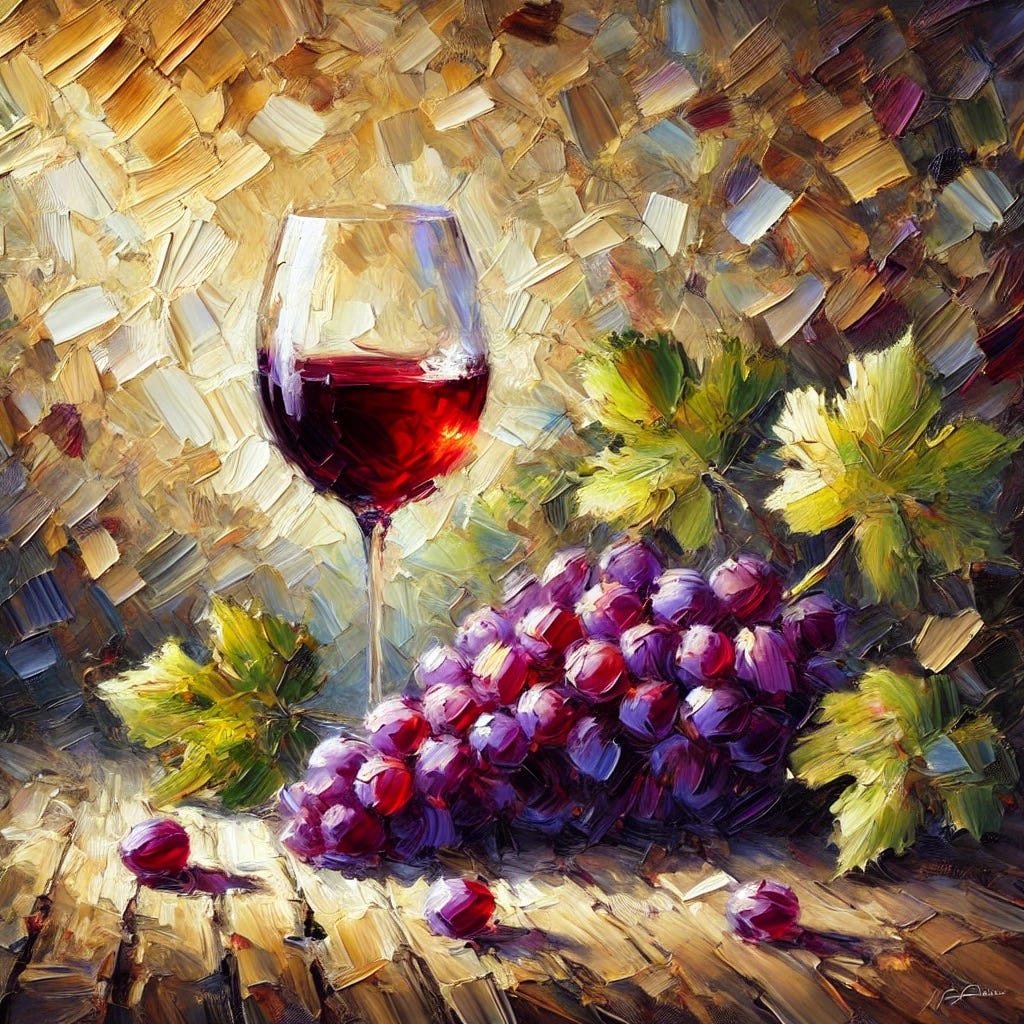

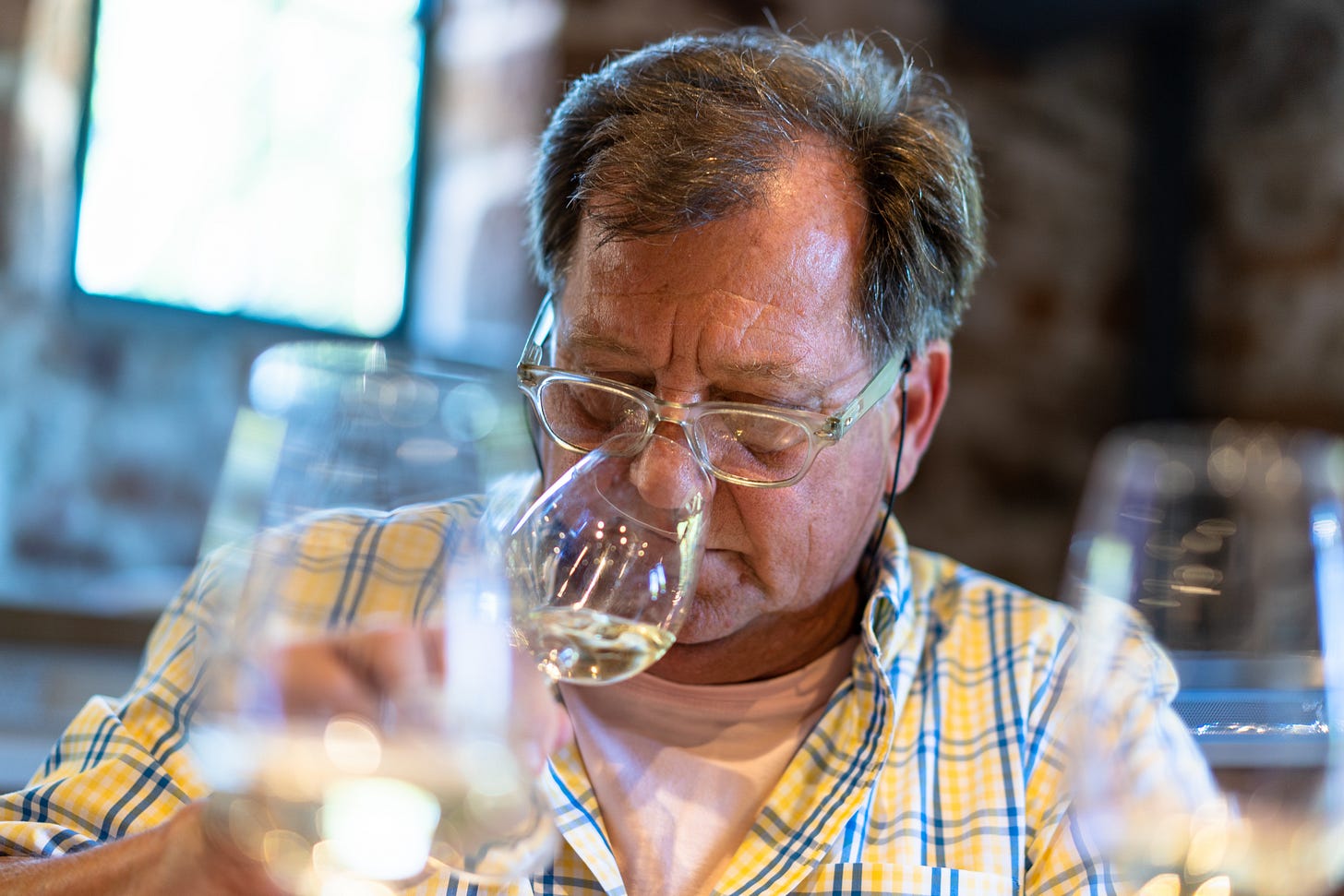
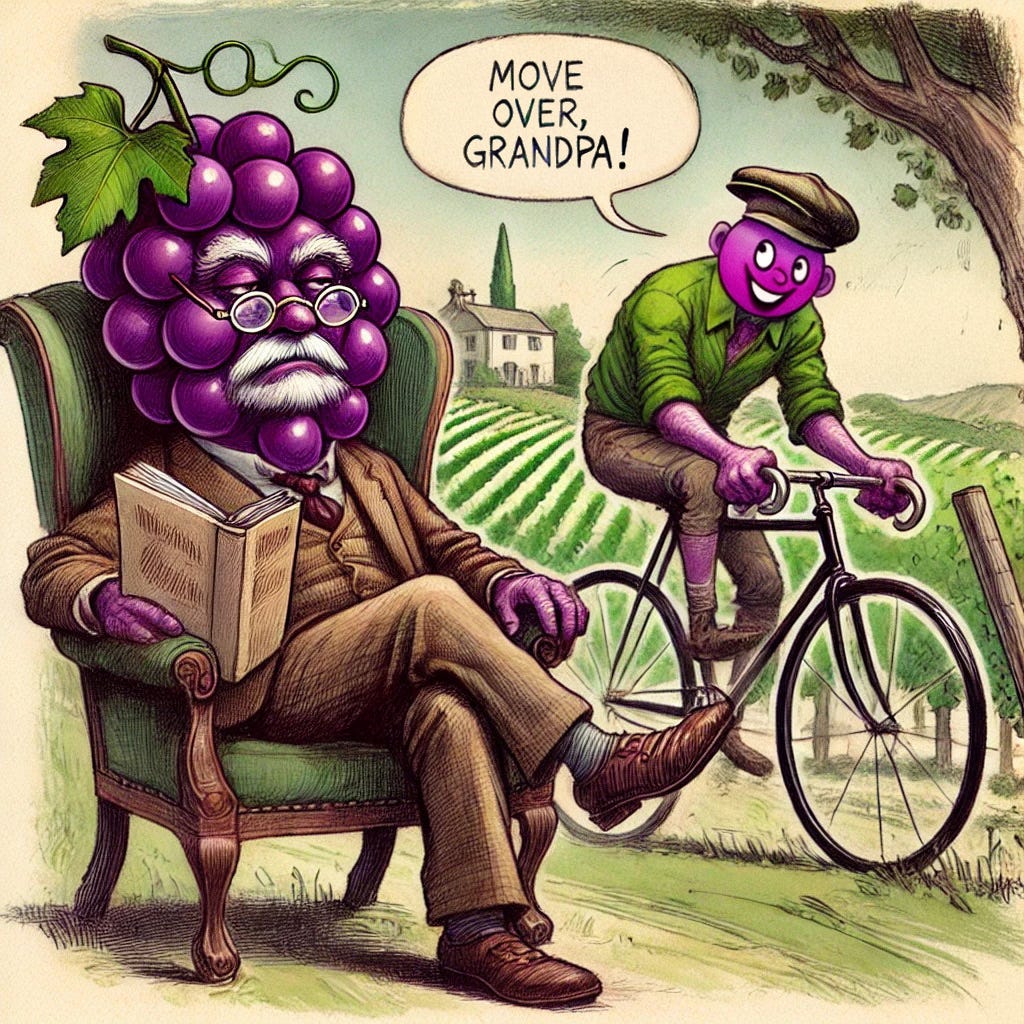
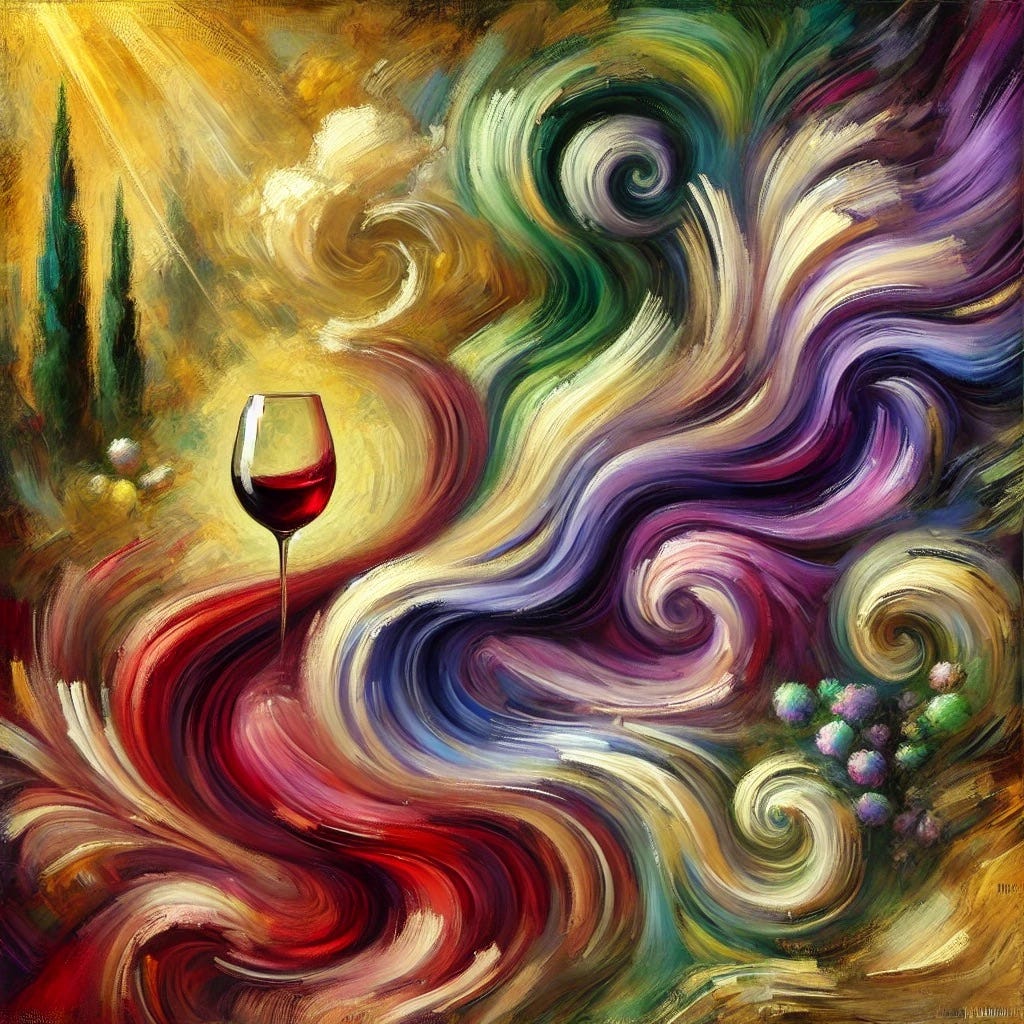


CF is synonymous with Saumur and Chinon for me and I prefer that style. I have not tried any California versions that approach them as easy daily drinkers or for their value but I’m an admitted Francophile.